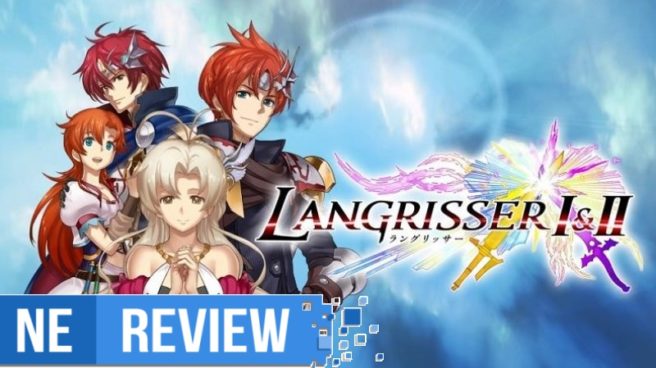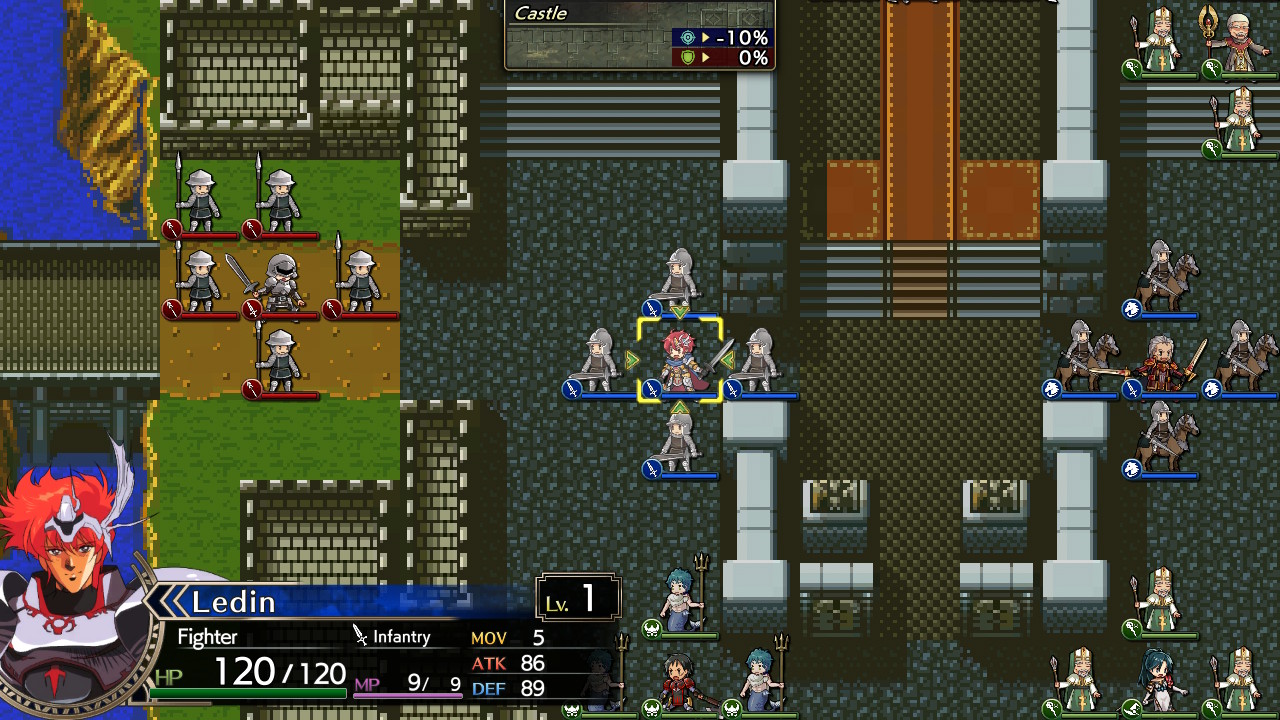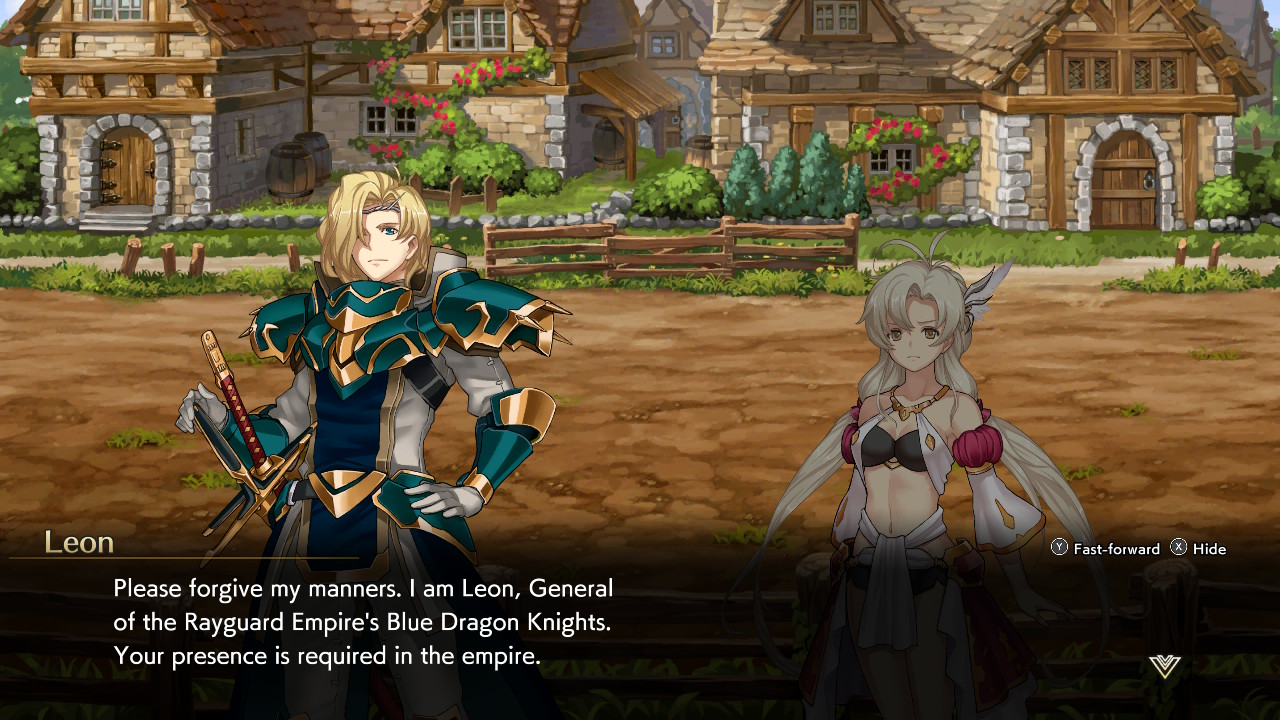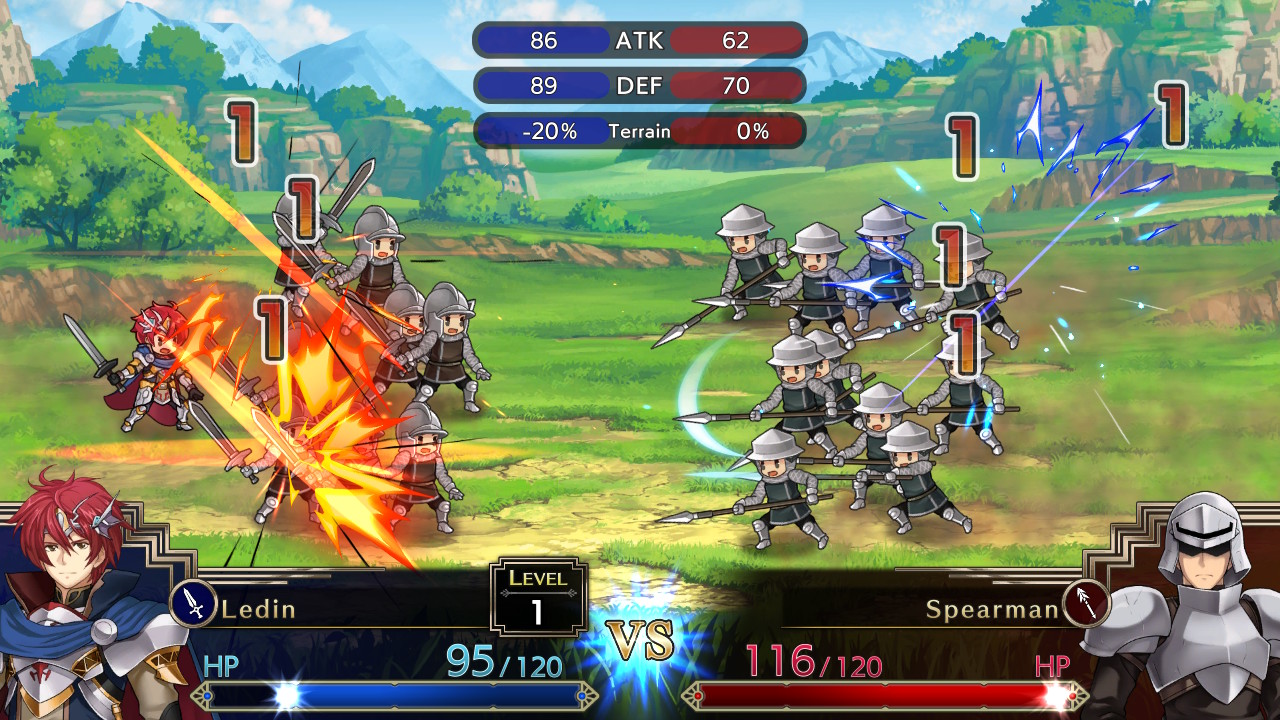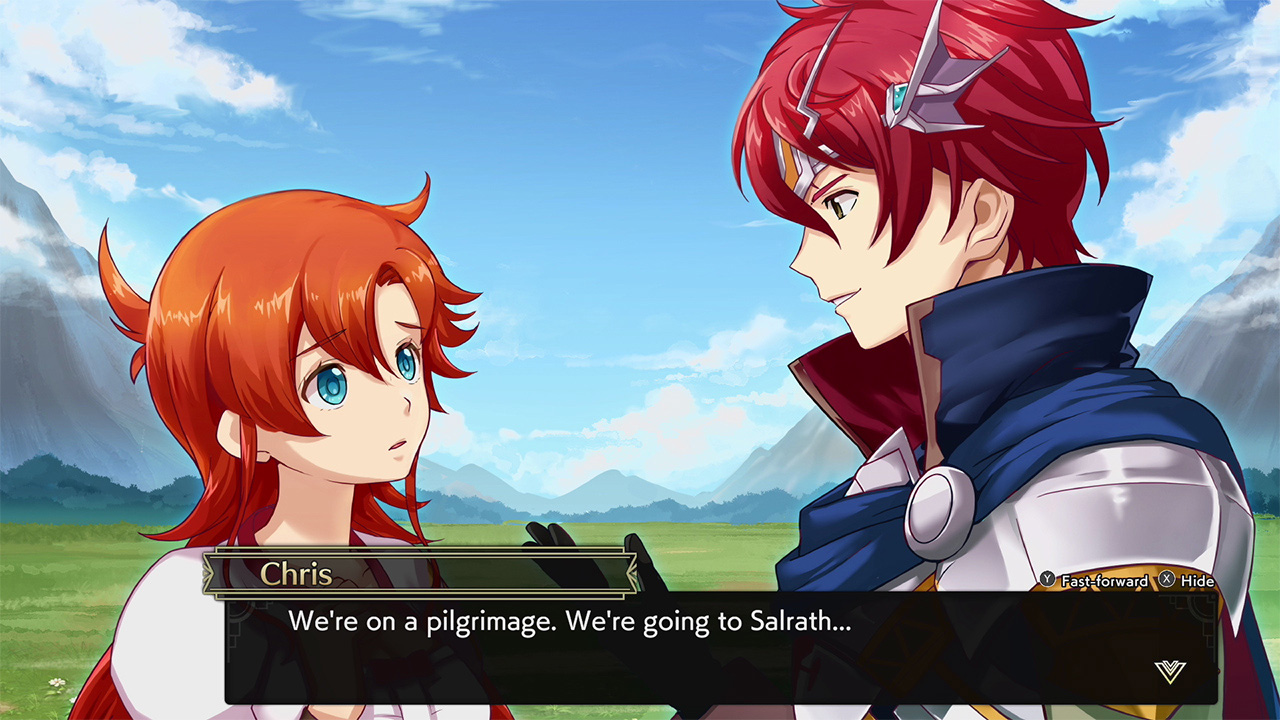[Review] Langrisser I & II
System: Switch
Release date: March 10, 2020
Developer: Chara-ani
Publisher: NIS America
Langrisser has always been a name familiar with the cultured strategy RPG player, but not one that may be globally known despite what it did for the genre way back in the 90s. When Langrisser debuted in 1991 as ‘Warsong’, it quickly became a juggernaut that gave the likes of Tactics Ogre and Fire Emblem serious competition, but with a lack of official localizations, it became an afterthought to those that didn’t seek out the series further. After the franchise was dormant for nearly two decades – and having not received a release outside of Japan longer than that – Langrisser I & II sees the series officially make its return after the ill-received Re:Incarnation -TENSEI- in 2015. The complete package of Langrisser I & II is an absolute treat with a fresh makeover that both honors and respects the game’s origins and tactile gameplay, providing fans and newcomers alike a reason to get familiar with Langrisser and why it should be on everyone’s radar.
There’s not much in the way of introductions the moment you boot up Langrisser I & II, taking you directly to a simple screen offering your choice of which game you’d like to play, complete with illustrations from Satoshi Urushihara’s iconic designs to the fresh overhaul of today’s art direction. While the art styles may conflict against each other, they still fit within the setting and make it a lot more palatable to a wider audience. Being able to freely change the art at will is a big thing I enjoyed doing every couple of chapters just to experience a time that once was, but also appreciating the evolution from the 90s until now. Not only is possible to change the character art, but being able to change the map and audio to the old and/or new style at will gives you the ability to play the game exactly how you want it. Love the old art but prefer the vibrant and colorful new backdrops with the modern updated music? Not a problem. Feel the need to make it completely old school to feel that hint of nostalgia? As you wish.
Langrisser I & II is a flexible package of two great strategy RPGs that still hold their own to this day with excellent gameplay and a no-nonsense approach to its mechanics and storytelling. The polish that’s been put into both games is a lot more that’s seen from a typical port or remaster, and is one that actually makes it feel modern and touched up. From revised translations to just about everything else being updated if you play with the ‘Modern’ setting, it’s a fresh look at Langrisser that gives its nostalgic charm a contemporary welcome.
In the land of El Sallia, the royal family of Baldea has protected a sword known as Langrisser for generations. It’s a sword so powerful that it’s been said to seal away evil, but because of centuries of safeguarding it’s become nothing but a tale of the past. It’s not until a sudden invasion of corrupt forces looking to acquire the Langrisser bring the Kingdom of Baldea back into action to find and defend the weapon of legend and avenge the deaths of the beloved. This theme carries across both Langrisser I & II – with Langrisser II having more of an emphasis on player choice which can create different routes and endings – though the scenarios, travels, and people you come across give their own identity and flavor throughout the course of your journey for each, giving a memorable experience with that hint of familiarity.
Typically you’d want some sort of evolution between successors, but Langrisser is very much a “don’t fix what’s not broken” approach, making it easy to pick up the second entry immediately after finishing the first – or vice versa! When I initially booted up Langrisser II, I had to make sure I wasn’t back on Langrisser I due to the fact that literally everything was identical: sprites, menus, UI – everything. It took me by surprise at first but it made it incredibly easy to jump into by not having to really learn anything new from the get-go.
The way you begin in each will be determined by how you answer a set of questions. You’re asked how you would go about being in certain situations such as if an ally was in trouble would you support them or stand your ground, or if you fight for your home, power, or glory. Once finished, you’ll get assigned a few stat boosts depending on how you like to play. If you’re someone who prefers to stand their ground and defend those behind you, you’ll get a higher defense stat throughout the game, and prioritizing any complementary focus thereon. The game is also fully voiced with a Japanese dub, so this gives the characters and scenarios much more depth.
Langrisser sees countless units on both your side and the enemies take on each other in a turn-based strategy RPG nature, where you’ll choose which units to deploy, where to position them, and how you want to approach it. Sometimes you can go in with tunnel vision and run through everyone with basic attacks, but other times you’ll want to make sure you have a variety of classes at your disposal for those times some extremely powerful enemies have an insane amount of attack and defense, but aren’t particularly resistant to magic – which is where your mages will come in. Having a lot of classes and being able to expand upon those classes gives Langrisser an extra bit of depth that makes for a composition that’s tuned to your playstyle.
After every victory against an enemy unit in battle, characters will gain experience points, but these experience points are not shared, therefore any time you’re getting close to defeating an enemy, you should make sure you’re claiming the win with whoever it is you’re trying to level. It can get kind of problematic sometimes when certain characters and classes either become too powerful or have the ability to move around a lot, and that maneuverability incentivizes you to complete the objectives in a quick fashion. However, the pros and cons to this can be one character becoming overwhelmed but also taking all the experience for themselves.
These experience points are also accompanied by CP, known as Class Points, and will be your saving grace in the long run. You could be ten levels higher than an enemy but still not dish out enough damage, healing, or moves simply because you are of a lower rank. CP allows you to level up your characters by increasing their ranks in a Class Tree designed for each character where you determine which route they’d go in the style you’d prefer. Chris, my healer, for example, after a certain amount of CP could go the way of being a Priest or being a Paladin. These extend further into more classes, and while the tree is intertwined and you could technically unlock them all for each character, it’s usually best to stick with a linear path for a consistent growth as stats are heavily affected between each upgrade, so you’ll have to determine what you’re willing to sacrifice for those essential gains you’re looking for.
Each of these classes also has set units – from archers, knights, harpies and more – that accompany and are exclusive to each, making for a more versatile way to play and deploy your units from scenario to scenario. What I heavily appreciated about this, however, is that while it may seem overwhelming from the outside, having set moves, units, and styles for each class and character makes it very intuitive and easy to distinguish what to do at any point in time in a clear-cut fashion. This is the class you have, so these are the moves and infantry at your disposal – take it or leave it. I do always enjoy having the freedom to combine and do whatever you want a lot of the time, but I also appreciate in Langrisser’s case giving you flexibility without spending hours on item and character management so you can get back to the game again. Langrisser wants you to play Langrisser, and I love that as I do find myself in many games spending hours on menu management.
With battles taking on a life of their own and feeling distinct from one another thanks to story moments happening on the field alongside your attacks, chapter among chapters feel substantial, and there’s always a recap if needed on everything that’s happened so far. A Story Tree makes it so you can keep up with what you’re doing, but also, in the case of Langrisser II, can help identify where your choices have lead and will lead you in the future in a non-spoiler way. When games like this have multiple endings and are massive on top of that, unless you’re already planning on doing multiple playthroughs (whether from the beginning or previous saves), you want to make sure you get the one you want. It’s a way to streamline the process and keep things concise and coherent rather than constantly looking stuff up or wondering how in the world you ended up in a completely opposite direction. Games like 999’s and Radiant Historia’s remaster did this very well, as playing them normally and trying to figure out all the different routes can sometimes become convoluted, so it’s much appreciated that Langrisser II would take this approach as I think it entices going for full completion in a more stress-free manner instead of having to backtrack and figure out where you made the wrong choice before inevitably just dealing with it and looking up alternative endings to save yourself another plethora of hours that could be spent invested in another game.
This compilation of Langrisser I & II is great in a lot of ways, and while some of the more hardcore strategy RPG players may find it a bit too simple or streamlined, it’s accessible for just about anyone looking into a game that has the grip and the gameplay of feel good strategy RPG mechanics without all the extra weight that end up making some titles unnecessarily convoluted and end up 50 hours longer than they need to be. The two games may look identical on the surface, but once you’re invested you realize that the stories are much deeper and more rich than most games, and truthfully I think this is one of the best RPGs in the Switch’s library, as well as one of the best compilations. Stunning art both new and old with reworked music and visuals, plus added voiceovers give this an overhaul that far exceeds what one would come to expect, and while it’s not blowing anyone away by doing anything new, it reminds us that there was a time where Langrisser was on top, and I only hope that with its return we can see a similar treatment given to us for the rest of the forgotten titles after Langrisser II. These titles deserve so much more than a virtual console port, but giving back the recognition it deserves for helping the genre get where it is today through a package that exudes class and passion in a timeless way.
The Verdict
Langrisser I & II sees an old but seminal series within strategy RPGs get a simple yet effective face-lift to deliver a streamlined and enjoyable experience that make it as enjoyable today as it was decades ago. Some stories and gameplay stand the test of time, and Langrisser proves that sometimes it doesn’t take much to rework a classic and bring it to a modern audience that may be investing into it for the first time. Whether in its debut or sequel, Langrisser isn’t doing anything revolutionary within its genre, but what it does do it does incredibly well – from its character designs that can be switched at any moment between classic and modern to nailing the core mechanics of strategy RPGs. It also doesn’t feel the need to overwhelm the player with myriad side quests, items, collectibles, and more, though the scale of the battles can become absolutely monstrous after having the ability to control well over 20 units later on. What it did at its time in the 90s was absolutely astounding, and it’s still a treat to see such controlled chaos today. It keeps you on your feet as you go through each scenario of the story invested, and while it may not have something along the lines of permadeath games like Fire Emblem do, these battles can last a long time, and the feeling of defeat knowing you’d have to spend upwards of an hour plus again is one that can be borderline traumatizing, but all the more thrilling. Langrisser I & II is a wonderful compilation of two greats long forgotten, and these 30+ hour experiences will give RPG fans all the tactical combat they could ask for with a beautiful polish that sees it reawaken like the legendary sword itself.
Review copy provided by the publisher for the purposes of this review.
